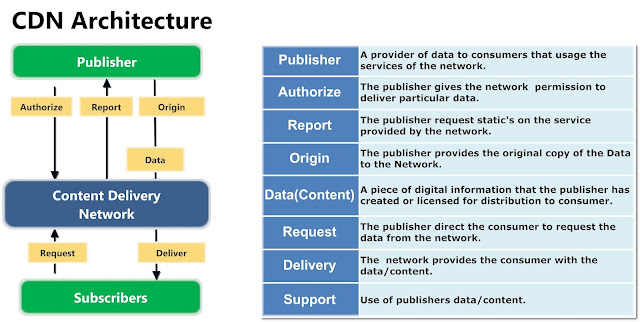What is ElasticSearch? How it is Important and Helpful for your Business?
ElasticSearch is Open
source, Distributed, Scalable, and Enterprise-grade, a search engine
which is used for analytic purposes and
for searching your logs and their data in
general.
When you work with ElasticSearch you have a cluster of
nodes, and within the cluster, you have
lots of ElasticSearch indexes that can span
multiple nodes through Shards. Shard is essentially a Lucene index.
Then what
is Lucene?
It is a Full-Text search
library ElasticSearch is built on. ElasticSearch brings Lucene goodness available in the distributed
shard. In a Lucene index, you get segments which are like mini-indexes. Within these segments, you get lots of data structures like
an inverted index, stored fields, and
document values and so on.
It can provide tremendously
fast searches that support your data discovery applications. As a beginner,
it is easy to get started with ElasticSearch because
it works right out of the box, its shifts
with sensible default and hide complex
charge and distribution mechanism from beginners.
Let’s get
into how you can use it
- ElasticSearch offers fast and incisive search against a large volume of data.
- Queries are significantly faster with ElasticSearch.
- Conventional sequel database management systems are really designed for full-text searches and it certainly draws mile against loosely structured raw data that resides outside the database.
- ElasticSearch is a powerful tool used to centralized, Analyze and visualize logs. This makes elastic search and other supporting tools a preferred enterprise choice for infrastructure monitoring.
ElasticSearch provides a simple
JSON style domain language that enables users to access and execute ElasticSearch
queries. A query examines one or many target values enclose each of the results
and values according to how closely they match to queries forecast. The query
operators allow you to optimize simple or complex queries in just a few
milliseconds. ElasticSearch offers the flexibility of creating your own index
mappings which allow structuring your data in any way you prefer. During indexing, ElasticSearch converts raw data such
as log files or message files into internal documents and installs them into
basic data structure similar to a JSON
object.
Each document is a simple set of keys and values. The Keys
strings and values newest data types such as strings, numbers dates all Lists.
Adding document in elastic search is simple and easy to
automate. Does an HTTP POST or PUT that transmit your document as a simple JSON object. Searches are also a dummy
JSON. Send your queries in HTTP char with the JSON body the RestFul API makes
it easy to retrieve and verify data directly from command line. Even if they are
developing at the client such as Python or Ruby many developers use the power
tool for debugging and developing with ElasticSearch.
It’s important to remember that ElasticSearch is in a
relational database. So DBMS concepts won’t apply. The most important concept
that it must satisfy to coming over from conventional databases is
normalization. Native ElasticSearch doesn’t permits JOINS and SUB-QUERIES. So de-normalizing your database is important.
ElasticSearch typically stores
the document monitory search repository. Full-text
searches will be extremely fast because the documents stored are enclosed
proximity to the corresponding Metadata in the index. This design greatly
reduces the no of data reads and limits the index birthrate by keeping it
compressed.
ElasticSearch
has an elaborate distributed architecture that allows scaling our clusters to
thousands of service and accepting petabytes of data. The performance shows
fast searches and high availability in large clusters by partitioning indexes
into shards and replicating them across the cluster. Add to that simplicity of
attaching new notes and recovering chance of loses and you get a bulletproof solution for enterprise great
search.
Why ElasticSearch?
Machine generated data is increasing
exponentially and getting insights from it is important for your
business.ElasticSeach has immerged as popular open source choice to harness
this valuable data but, deploying, managing & scaling ElasticSeach can be
challenging.
Amazon ElasticSearch Service
A fully managed service that
makes it easy for you to deploy, secure and manage ElasticSearch clusters at petabyte
scale. It takes care of hardware provisioning, Software Installation, patching,
failure recovery, backups, and monitoring so that your time can be better spend
getting value from data.
Amazon ElasticSearch service supports open
source ElasticSearch API and seamlessly integrate with popular data ingestion
and visualization tools like LOGSTASH, KIBANA, BEATS, and
other AWS services.





Comments
Post a Comment